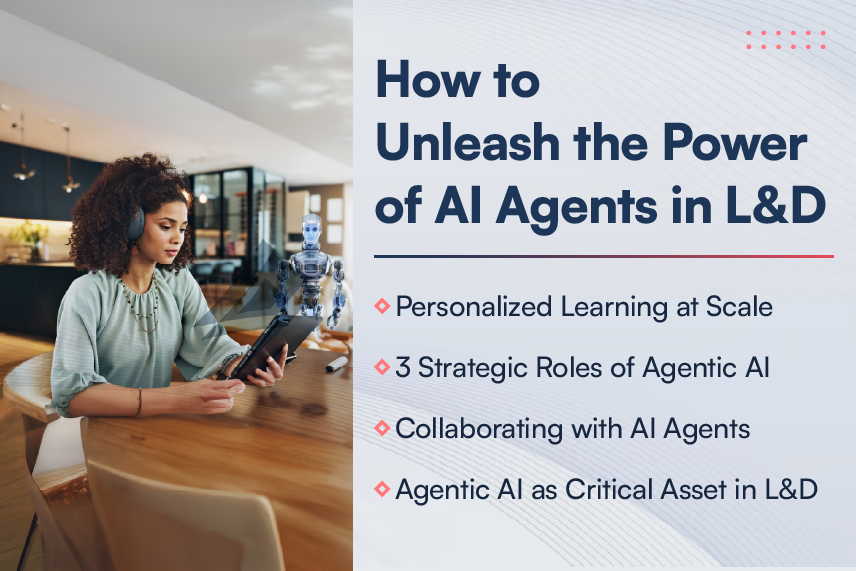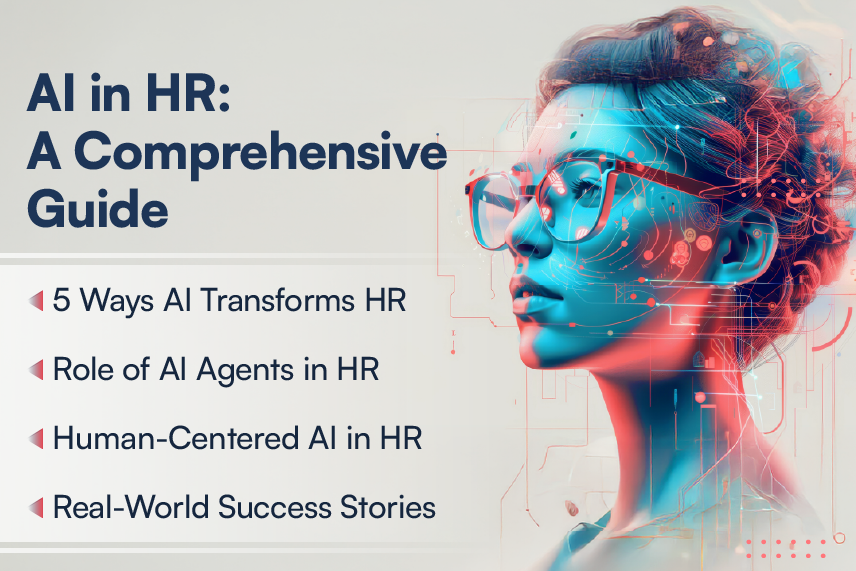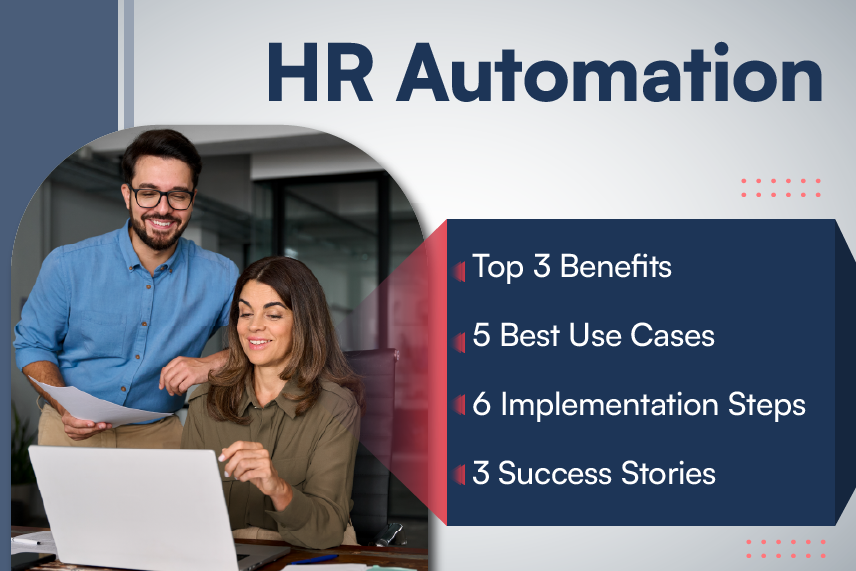
The increasing impact of attrition is a significant concern for businesses and is affecting organizations in multiple ways. Losing employees has several direct and indirect effects on the organization. In fact, in a fast-paced and ever-evolving business world, the impact of attrition often operates as a silent killer.
Most companies have learned about the bitter truth and are taking common steps to manage and reduce attrition. However, these methods only guarantee success sometimes, and that too in organizations with a high level of maturity. Minimizing the impact of attrition is one of the most critical goals of any organization.
2022 witnessed over 50 million U.S workers quitting their jobs, according to the Bureau of Labor Statistics. According to Gallup, the cost of replacing a single employee ranges from 1.5 to 2 times the employee’s annual salary.
Assuming a steady rate of attrition, organizations can measure its direct and indirect impacts and discover opportunities for minimization. Processes can then be put into place to:
- Minimize the intensity of the impact of attrition on talent loss
- Ensure transition periods in the organization take place smoothly
- Reduce dependencies on critical personnel
Direct and Indirect Impact of Attrition
In layperson’s terms, attrition occurs when an employee quits their job due to unavoidable circumstances. It is very different from retirement or termination. It primarily happens when employees decide to leave their job for reasons such as:
- Better job opportunities
- Toxic job environments
- Lack of job satisfaction
- Personal reasons like health and family
- Poor employee experience
Get 10 employee experience tips for a better workplace. Learn how to improve employee experience at each stage of the employee lifecycle.
The direct impact of attrition is relatively easy to measure as it is often aligned with costs incurred to recruit and train new employees. Additionally, during the recruitment process, other employees generally see an increase in their workload, which can result in overtime costs and affect productivity.
In roles where employees maintain a close relationship with customers, employee attrition can have a ripple effect and lead to reduced revenues from these customers. In the worst-case scenarios, even customer attrition could take place.
There also exists an indirect impact of attrition which, although not always immediately visible, can affect the organization’s processes and profitability. Primarily, such an indirect impact of attrition falls into different categories.

5 Examples of Indirect Impact of Attrition
Here are five categories or examples of the indirect impact of attrition.
1. Poor Team Dynamics
Most employees today work in teams and play a role in ensuring effective collaboration. Losing an employee can affect the smooth functioning of a team and lead to productivity losses. For example, losing a key engineering lead can create the ripple effect of losing a seasoned leader, which could affect the entire team working under the supervision of the leader.
2. Acquired Knowledge at Risk
Employees who stay with an organization for a long period often acquire skills and knowledge on the job. Losing a seasoned employee can lead to losing all this acquired knowledge, which can’t be easily retained.
For example, an employee who has spent several years on a project can’t be easily replaced by another person with the same years of experience. This is because the organization would not want to lose the acquired project knowledge.
3. Low Employee Engagement
Frequent employee attrition and turnover can negatively impact employee morale and engagement levels. This impact of attrition and turnover often goes unnoticed, even though it can have tangible effects on productivity.
4. Culture Clash
Employees who stay with an organization for a long time tend to learn and practice the organization’s culture. Losing such employees and having them replaced by other employees can lead to a culture
clash within the organization. This indirect impact of attrition can hamper effective collaboration and employee engagement.
5. Slowdown in Productivity
Productivity increases over time as employees become more familiar with their role. Although other employees replace those who leave, organizations often need help with reaching the same level of productivity. This is especially true of employees with long stints in the organization.

4 Powerful Strategies to Mitigate the Impact of Attrition
High employee attrition or turnover is a highly unfavorable situation for any business. It literally means that the company is losing good employees and sometimes to competitors. This is a highly negative impact of attrition that can damage the overall business objective.
However, businesses can control attrition rates by understanding:
- How they manifest
- How they can be tracked
- What processes can be set in place to reduce the impact of attrition
Employee experience plays a crucial role in reducing attrition rates within an organization. Employees who have positive and fulfilling experience at work are more likely to remain engaged, satisfied, and committed to their roles.
Improving employee experience or the EX quotient is extremely important for the smooth functioning of every organization. HR needs to focus more on employee experience than ever.
Here are some effective ways businesses can control attrition and pacify the aftereffects of employees leaving their organization.
1. Creating Positive Work Environment
A work environment that promotes open communication, easy collaboration, and respect is likely to develop a successful organization. An organization where employees feel valued, supported, and included has a better chance of achieving its business goals. This step can change the overall impact of attrition on the business.
Fostering a positive work culture through team-building activities, rewards and recognition programs, and strong and supportive leadership can increase employee satisfaction and ultimately reduce attrition.
2. Providing Growth and Development Opportunities
Professional growth and development opportunities play a significant role in employee retention. Offering regular training programs, mentorship initiatives, and easy lateral movement in the organization can help employees with a chance to explore new career avenues.
Employees who feel their skills are being developed and their career aspirations are supported are more likely to stay with the organization.
3. Offering Competitive Compensation and Benefits
Many employees leave their current job in search of better pay. Fair and competitive compensation packages are essential for attracting and retaining top talent. Ensuring that employees are compensated appropriately for the skillset and expertise they bring to the table strongly contributes to building positive employee experience. This results in longer employment commitments and reduced attrition.
Additionally, offering a comprehensive benefits package that includes health insurance, retirement plans, flexible work arrangements, and other perks can further enhance the overall experience and reduce attrition.
4. Encouraging Work-Life Balance
This is one of the most important factors that can help retain draining talent. By implementing flexible work arrangements, recreation facilities, and time-off policies, businesses can help employees strike a work-life balance.
When employees are provided with these advantages, they are most likely to be in the right mindset and health and are less inclined toward seeking opportunities outside their organization.

4 Ways Technology Improves Employee Experience to Reduce Attrition
Employee experience is directly proportional to attrition. When unhappy employees don’t feel valued, they are most likely to look for opportunities outside their organization. To avoid this, it is wise to use technology to enhance employee experience, thus leading to a reduced attrition rate.
Below are some proven ways in which technology can be leveraged to boost employee experience from onboarding to separation.
1. Easy Onboarding
For many new hires, the onboarding process gets tedious as they are required to fill out multiple forms. However, using paperless onboarding options makes the task seamless and can be done at the ease and convenience of the new hires, and even remotely.
Additionally, strategies such as video introductions, digital training, and continuous support and feedback prove extremely helpful in streamlining the onboarding process.
2. Collaboration
Technology platforms such as email, instant messaging, and collaboration tools enable seamless collaboration between team members, regardless of location. This, in return, fosters effective teamwork, knowledge sharing, and collaboration.
3. Employee Well-Being
Technology can change the face of employee well-being. Resourceful apps or platforms that give information on employee insurance, fitness, and stress management can make the workforce feel at home and cared for.
4. Performance Management
Technology-based performance management systems prove to be highly beneficial in keeping track of employee performance, goals, KPIs, and feedback. These tools streamline the performance evaluation process and help employees refer to the performance report at their convenience.
Polestar by Harbinger is a powerful continuous performance tracking system. It eliminates the traditional concept of annual performance, making reviews and overall performance tracking more meaningful.
Final Word
According to Gallup, businesses that support employee engagement and foster employee experience have 59% less employee turnover. Compared to disengaged employees, engaged ones are 23 times more likely to strongly agree that they would recommend their company as a great place to work.
This means it is essential for businesses to take employee experience seriously. Losing employees rapidly can, sooner or later, hamper performance, productivity, sales, customer experience, and the organization’s overall performance. To avoid this happening to your business, it is essential to closely monitor attrition and take prompt measures while leveraging technology to mitigate the issue.
If you want to know more about the strategies and technologies needed to create great employee experiences and reduce attrition, reach out to our HRTech experts at contact@harbingergroup.com.






